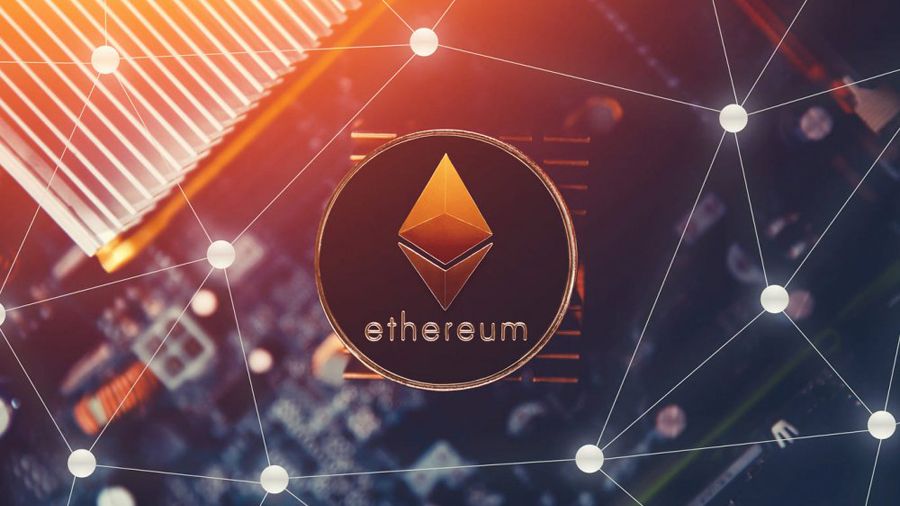The Ethereum development team has revealed the details and conditions for the launch of the final version of the Ethereum 2.0 testnet, called Medalla, which is scheduled for August 4th.
Ethereum developer Danny Ryan recently announced that the latest version of the Ethereum 2.0 testnet will not launch until August 4th at 4:00 pm ET. This date cannot be called final, since two conditions must be met for the launch. First, you need to wait for the earliest date of the first block. This parameter is set manually, and determines the nearest time to launch the test network. Second, the testnet will be launched with a certain number of registered validators.
The deployment of Medalla will only begin when at least 16,384 deposits totaling 32 ETH have been made. Funds must be deposited 48 hours before the earliest date for the creation of the first block. If the required number of deposits is not completed before the specified period, the test network will start 48 hours after this condition is met. Medalla will mimic the Ethereum 2.0 update as closely as possible, so deposits are required. Anyone can become a test participant by registering and making a deposit of 32 ETH from the Goerli test network.
Four clients are already ready for launch: Nimbus, Teku, Lighthouse and Prysm. Four more clients are under active development. Ryan expects the Lodestar customer to be able to get their power online as well. Clients coordinate the work of the nodes, so the smooth functioning of the network depends on them to a large extent. For example, due to a bug in the Geth client, which dominates Ethereum 1.0, there was a consensus break between Geth and Parity clients. Therefore, for Ethereum 2.0, it was decided to use a multi-client model.
Unlike previous iterations, Medalla’s testnet will be community driven. In addition, white-hacker attacks will be carried out to detect defects and vulnerabilities. The developers reported that they are already working on the Beacon Chain signal chain, which will become the main coordinator of various shards. Users will be able to stake in ETH through an Ethereum 1.0 deposit contract, but they will not be able to conduct transactions with Ethereum 2.0 coins. Also, users will not be able to return them until the launch of the first phase of the update.
It was originally proposed that Ethereum 1.0 function as a separate chain until the hard fork is fully deployed. However, since December last year, developers have been considering a proposal that could significantly speed up the process. Clients Ethereum 1.0 and Ethereum 2.0 can be “hybridized” in such a way that the former are responsible for the work of consensus and block validation, and the latter are responsible for transmitting all information about blocks and transactions. In fact, Ethereum 1.0 would be one of many shards.
As a reminder, this month independent Ethereum developer Alexei Akhunov proposed embedding stateless clients into the current version of Ethereum to scale the network with minimal security impact.







